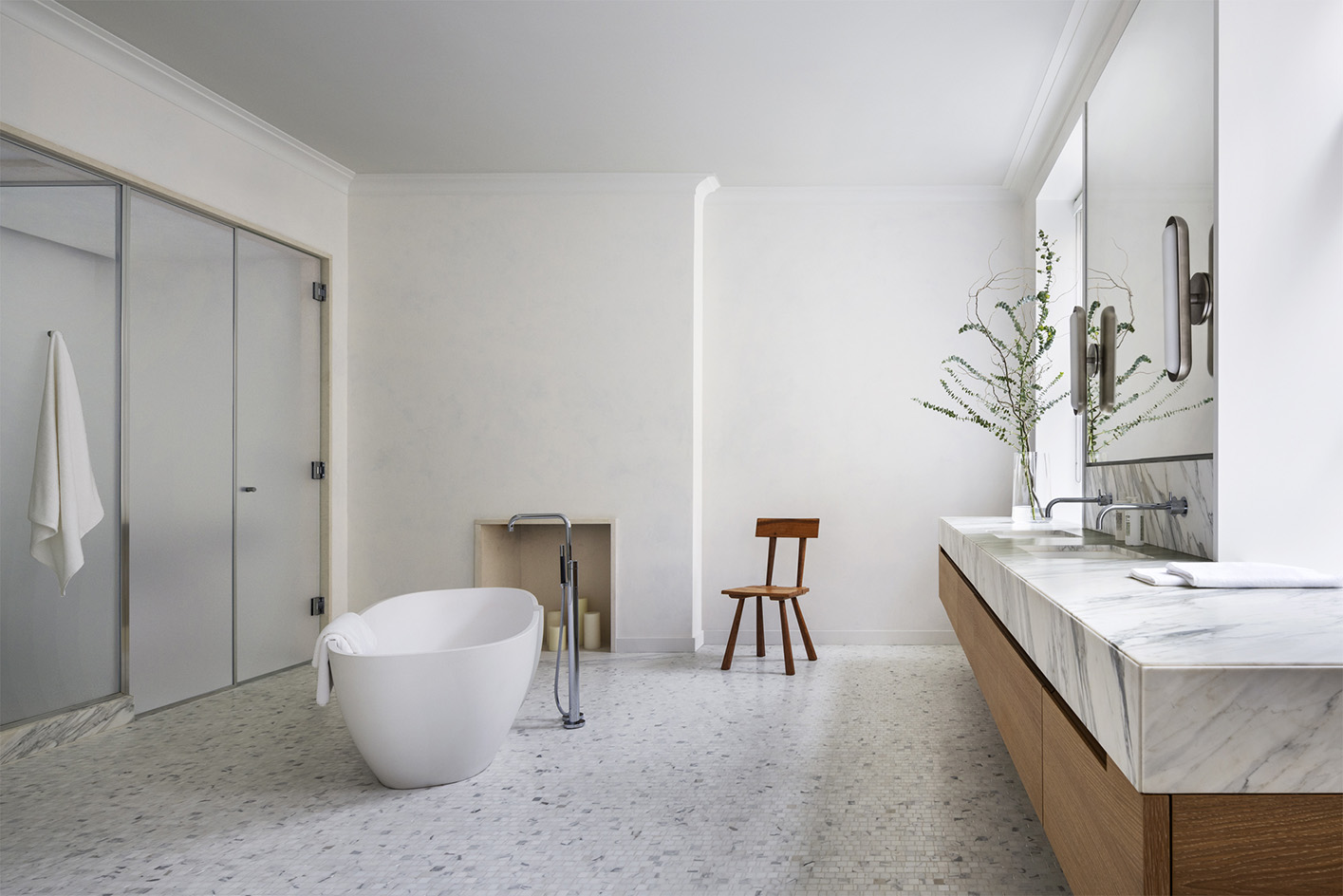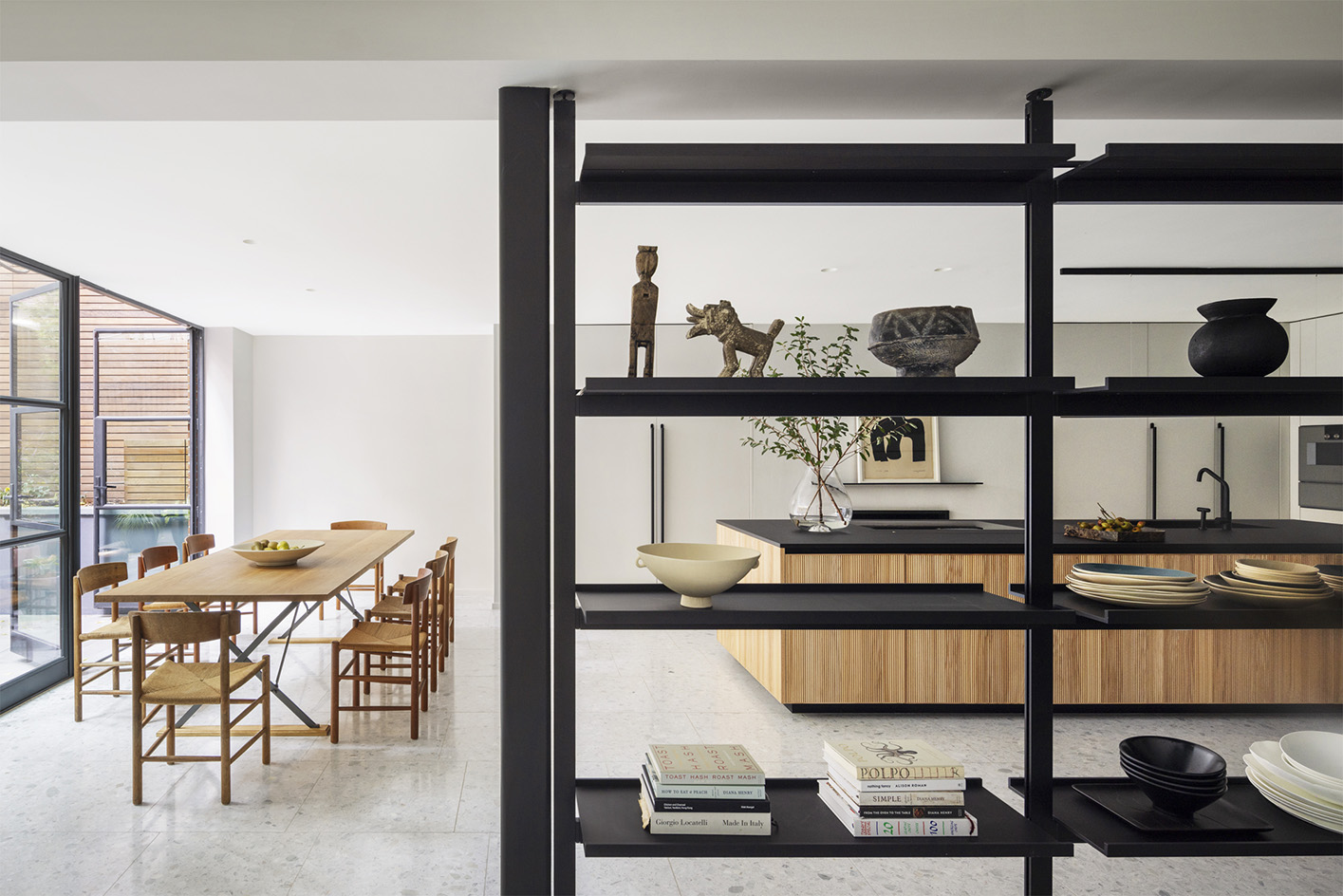
Nothing says New York like the rows of handsome townhouses that line the streets of Manhattan – homes that have shown resilience in the face of urban transformations over centuries, adapting to their inhabitants’ evolving needs and the world’s shifting trends.
This Greenwich townhouse is a great example. Originally built in 1846, it has seen generations of ownership and modifications. It is now home to a family of four, who bought the property 174 years after its creation. Entering a new chapter in its long history, the residence recently underwent its latest reincarnation following a makeover by New York firm TenBerke.
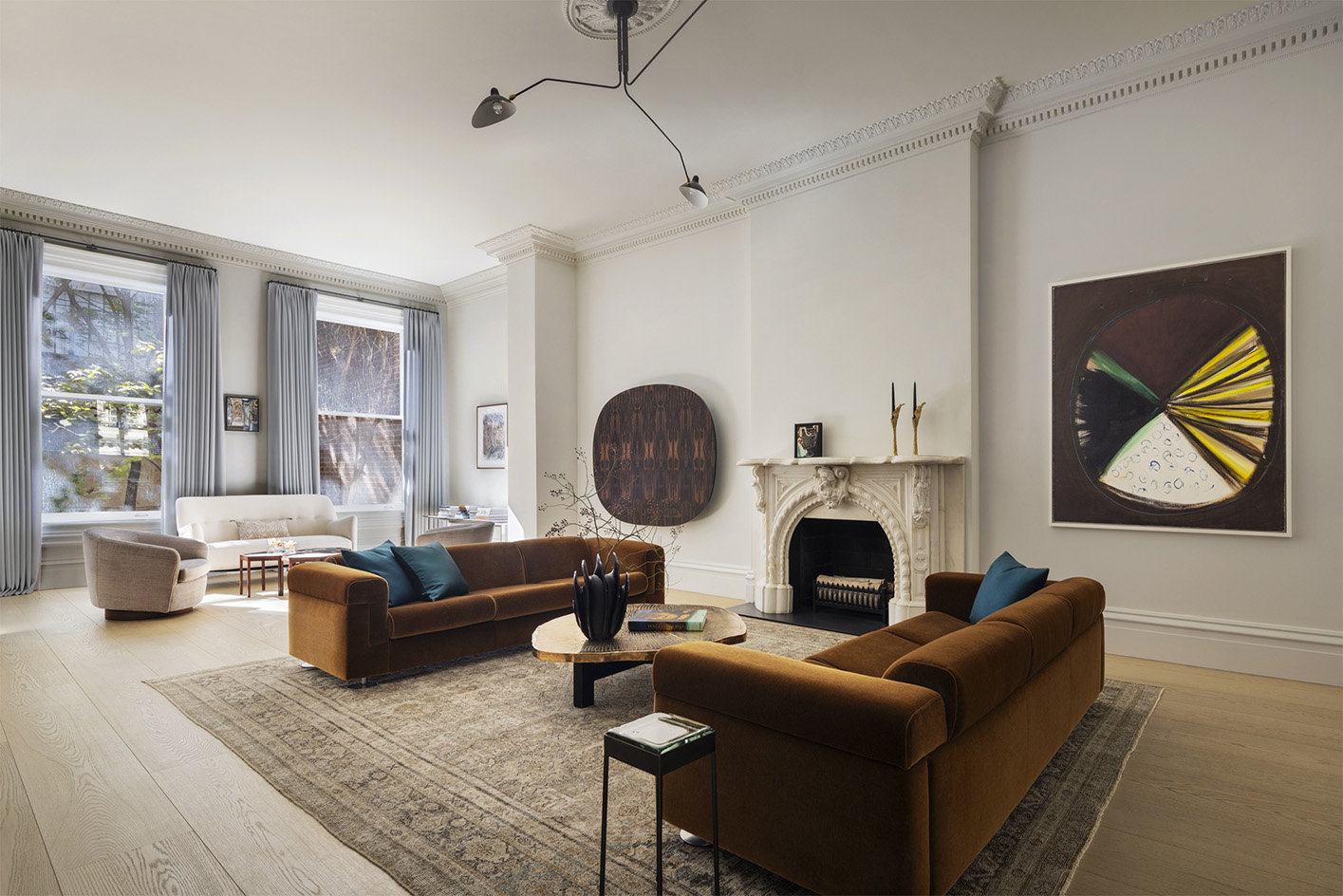
Step inside this New York Townhouse by TenBerke
The studio was founded in 1982 by architect Deborah Berke, also the dean of the Yale School of Architecture – the first woman to hold this position. Her eponymous studio, relaunched as TenBerke in 2023, is now headed by an executive board, a move that reflects its ethos of collaboration and diversity. The practice is equally known for its often minimalist architectural flair – as seen in projects such as the interiors for 432 Park Avenue – and the sensitive reimagination and preservation of historic fabric. These two strands of thinking merge in this mature piece of architecture, completed last year and spanning building and interior works.
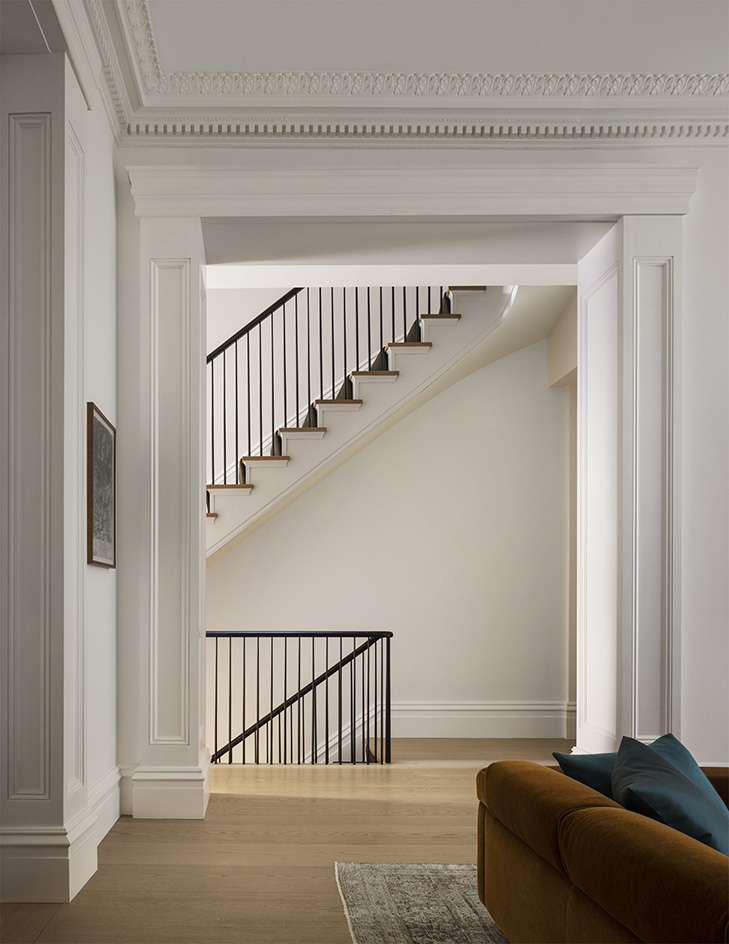
TenBerke senior principal Marc Leff worked on the scheme with principal Kiki Dennis, who led the interior design. Leff explains the project’s beginnings: ‘The clients were longtime friends of the firm who had lived abroad for many years. Now in New York, they wanted a family home that would complement and reflect the way they live. We designed spaces for the four of them to be together and with friends, with a vibe that’s serene and warm. They’ve lived all over the world; our design for them leans into the essential nature of New York townhouse living – vertical living with precious connections to the outdoors.’
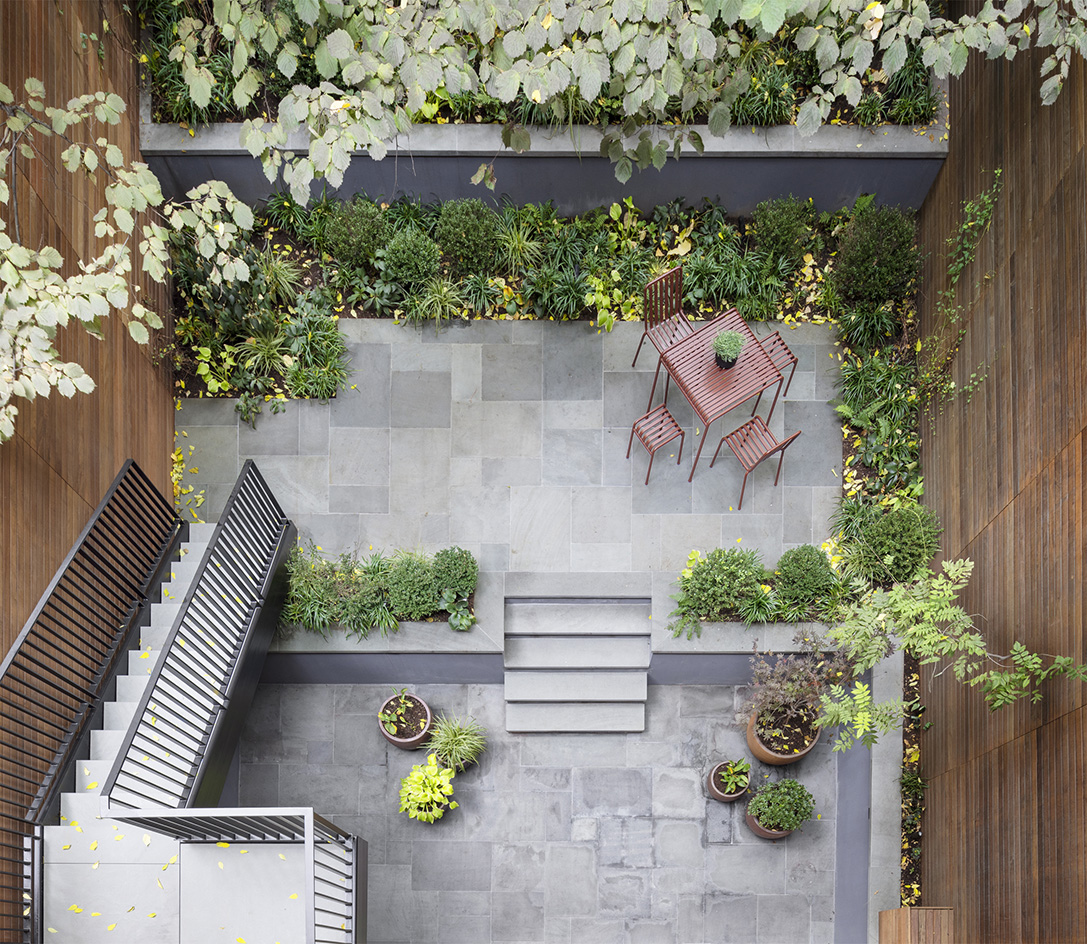
Instead of completely gutting its interior, the team injected the property (whose exterior is protected by a landmark status) with a series of precise edits and careful additions. Consulting with their clients, the architects concluded that the existing spaces felt comfortable and well-proportioned, so dramatic alterations weren’t required. The few major moves implemented included the internal reworking of a handful of key spaces, such as the garden-facing kitchen on the lower level. The exterior was fully preserved and lovingly restored.
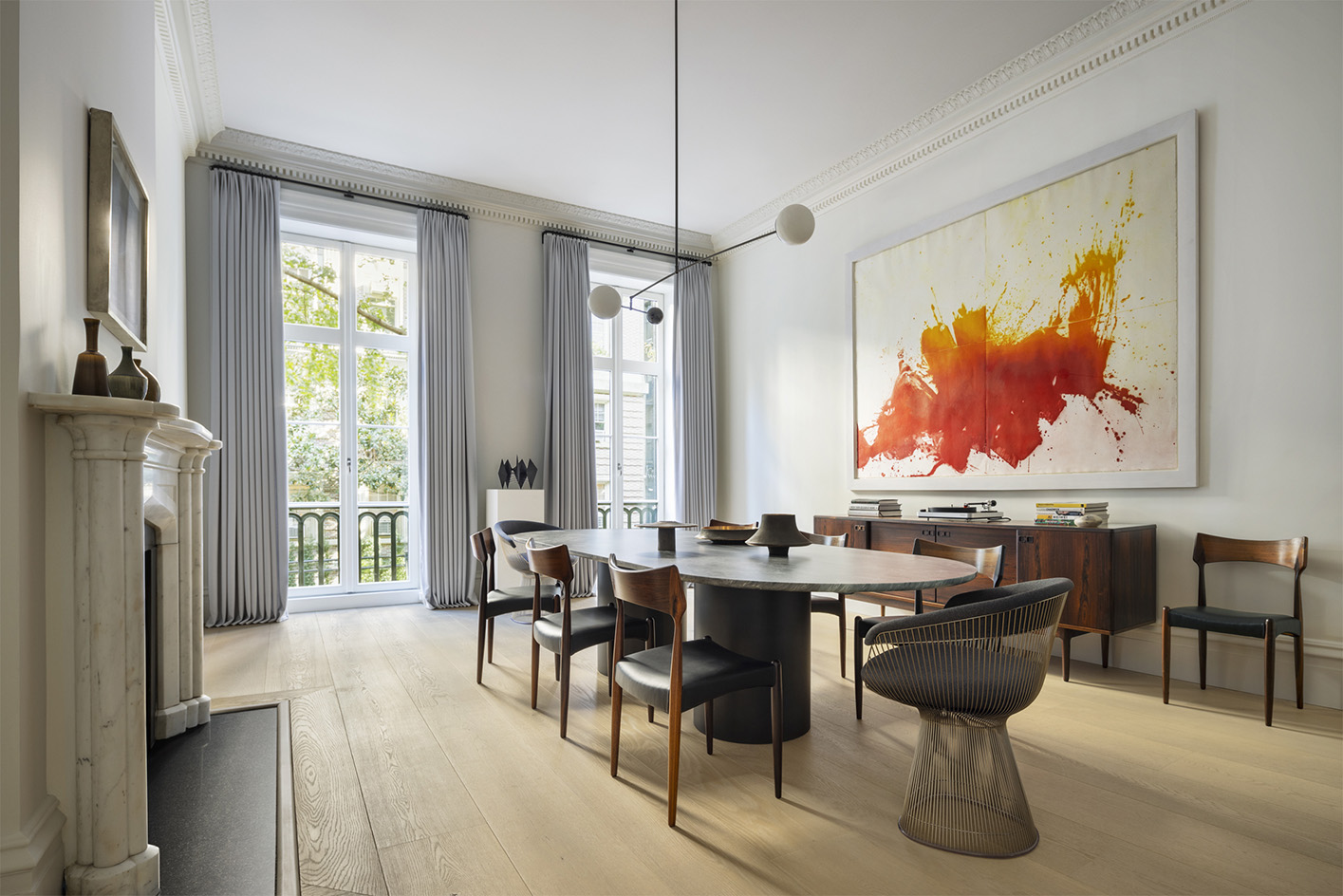
‘At any scale, our work focuses on two things: a sense of place and a strong sensitivity to human experience,’ Leff continues. ‘First, our designs are an intuitive and intelligent response to their locale, to their place. Second, we closely consider the human experience: how does it feel to enter a space, what is your eye drawn to, how do you feel connected to the outdoors, what pulls you into the moment?’
Focusing on the experiential in an ‘intimate and pronounced’ way was central to the practice’s approach, all the while ‘revelling’ in crafting the details that make the house a home. ‘We consider the joints between materials, the seams, the stitching, the placement of art and objects,’ says Dennis. ‘These are details that may not be noticed at first, but become familiar over time. They add depth and soul to the spaces.’
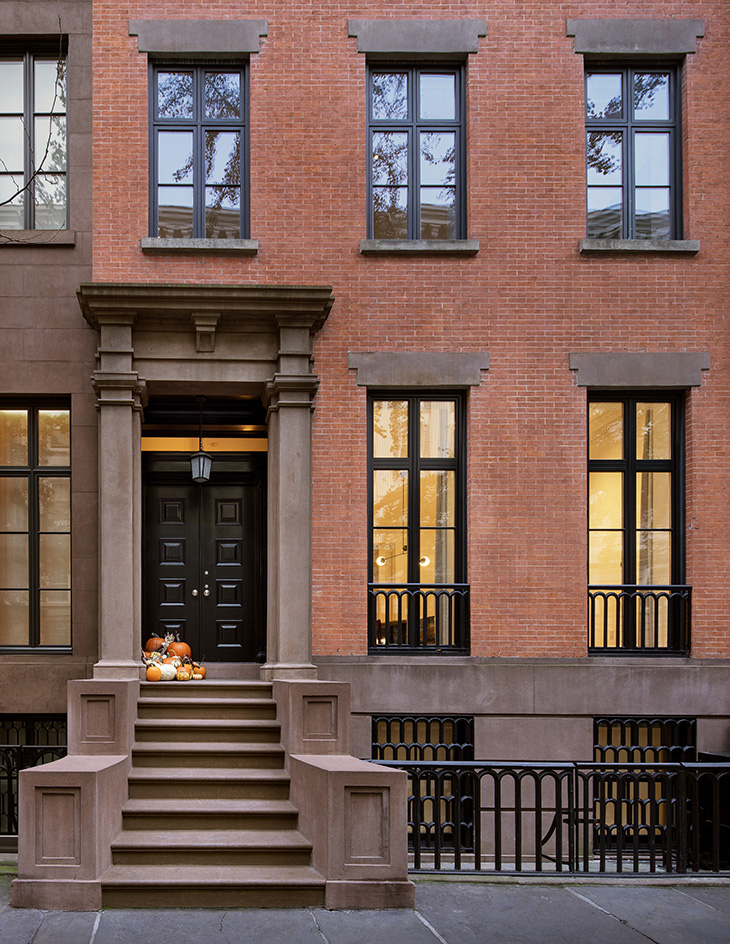
The architects’ passion for spatial quality on all levels, matched by their clients’ respect for craftsmanship, meant a number of makers were engaged in various aspects of the design. The Brooklyn-based Withers Studio and woodworker Palo Samko created custom pieces throughout, while the entire team coordinated closely with John Hummel & Associates, who oversaw the renovation.
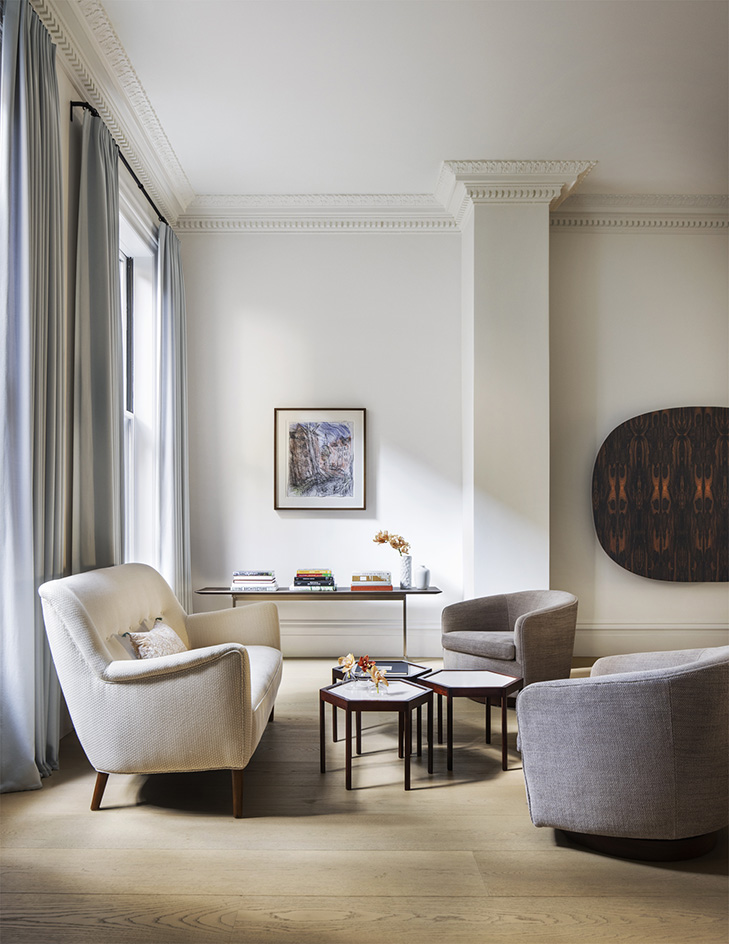
The project expresses TenBerke’s architectural ethos, but ultimately, for the team, it’s all about individual personality. ‘We compose our spaces with an artful order that can hold the lives of the people who inhabit them, and can grow and change with them,’ says Dennis. ‘Here too, we designed a home that reflects its inhabitants, with details that both underscore the history of the house and its place in the city, but [a home that] remains simply pared down to grow and change as will the lives of those within.’
